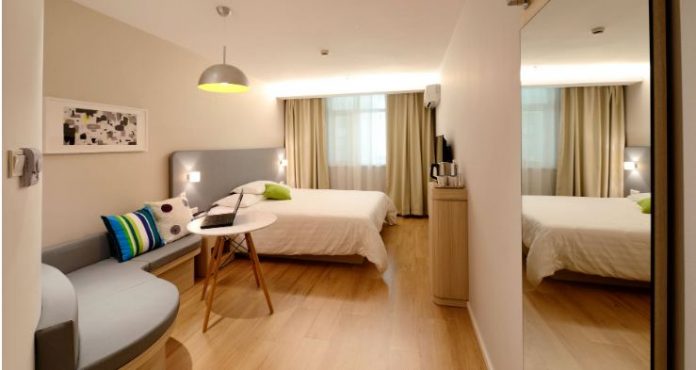Its not just the matter of covering the floors of your house. The touch of the soft fiber should enable you to reach the height of ecstasy and soothe the nerves of your feet with a luxurious feel.
The aesthetics of your home decor largely depends on the carpet you place on the floors. Beautiful walls and dirty rugs! What a mess that echoes your culture.
Now the difference may occur in the choice. What type of carpet you should use to give maximum comfort to the floors and the feet? You must have heard of wall-to-wall carpets.
Broadly categorized into woven and non-woven carpets, these carpets are best for households with children. Even if children plush and play on it, the chances of the fibers getting damaged is less because wall-to-wall carpets are normally treated with a resistant coating.
You can opt for a range of shades in wall-to-wall carpeting but with a constraint that these come in single colors only. The shades are mostly light but very touchy and soothing.
Pastel shades are most common, cream, light brown, and grey. What makes a wall-to-wall carpet superb for a wood and cement sub-floor is that it gives a permanent flooring structure and can hide the unattractive patches on the floors. That’s why such a demand!
The woven wall-to-wall carpets made of pure wool, synthetic and also in the combination of both come in very sophisticated designs.
The first thing you really would like to find out is the texture of the surface. In woven wall-to-wall carpet this is determined by the loop pile or the cut pile. With jute backing, these carpets are designed in variable thickness such as 1000 or 1500 grams per square meter.
For more plush pile or softness, the thickness depending on if the gram-age can be increased. The normal 2-ply yarn can be given a lift if you desire a greater deepening sensation.
And for the combination of wool and synthetic fibers, the ratio of weaving such blended carpets are 80:20, normally where the woolen portion is more.
Unlike the woven ones, the non-woven wall-to-wall-carpets are thinner and made for areas holding heavy traffic. In dark shades these carpets are cheaper and come in the form of flat surface or loop pile.
Rubber latex forms the backing and the pile thickness ranges between 3mm and 4mm with the gram-age around 700 grams per square meter. This can also range to 1000 grams per square meter to the maximum.
For both the woven and non-woven wall-to-wall carpets the values are fixed on some set parameters. As in case of the woven, the weaving material, the fiber and the thickness hold most importance; for the non-woven collection, it is the design and pile density that matters most to decide upon the cost part.
Wall-to-wall carpets can be used to cover passages, lobbies and staircases as well. And a non-woven one makes it a better option to take the load of the users. That’s heavy indeed!
On the flip side, the wall-to-wall carpets act as carriers of allergens. If you are sensitive to dust allergy then try avoiding these carpets.
They are great homes for dust mites. On the other hand, cleaning these carpets may not be as tough as removing stains from it. In spite of stain control coating, dark patches once formed are really tough to be wiped out.
There are always two sides to a coin. If you take one side the other comes to you for free even if you don’t like this freedom.
So while you decide to get floored with the wall-to-wall carpets take a close look at the aspects you have prioritized and made the final choice. After all, it’s your home!

